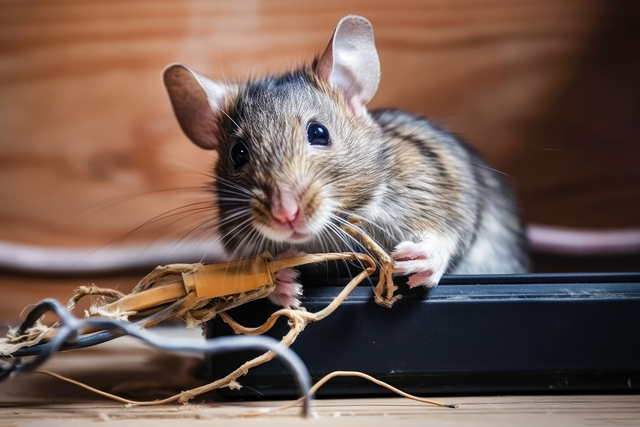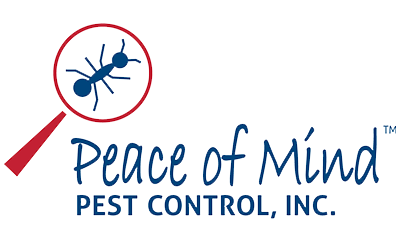Mice and rats, while often lumped together as unwelcome guests in our homes or businesses, possess unique characteristics that set them apart. Recognizing these differences is not only fascinating from a biological perspective but also essential for implementing targeted pest management strategies.
This blog post sheds light on the key distinctions between these two rodent types, aiding in the identification and control of infestations.

Distinctive Features
Physical Appearance
Mice are smaller than rats, typically measuring around 3 to 4 inches in length, excluding their tails. They have rounded, furry bodies with large ears in proportion to their heads, and their tails are long, thin, and covered in a light layer of fur.
Rats, on the other hand, are larger, with bodies that can grow up to 9 to 11 inches long, excluding their tails. They have bulkier builds, smaller ears in proportion to their heads, and their tails are longer, thicker, and usually hairless.
Behavior and Habitat
Mice are curious creatures, making them more likely to explore new things in their environment. They can live in close proximity to humans, often setting up nests made of soft materials in hidden areas within buildings.
Rats exhibit more caution compared to mice and are excellent swimmers. Rats prefer to live in locations that offer ample access to water. They often burrow underground or in secluded areas but can also be found in buildings when seeking food or shelter.
Understanding Their Differences: Why It Matters
Impact on Human Environments
Both mice and rats can cause significant damage to property by gnawing on building materials and wiring, potentially leading to fire hazards. They are also known carriers of diseases, which they can spread through their droppings, urine, or saliva. However, due to their size and behavior, rats can pose a larger threat by causing more extensive damage and being capable of carrying a wider range of diseases.
Strategies for Control
Rat Control Techniques
Effective rat control requires sealing entry points to prevent access, removing sources of food and water, and employing traps or baits specifically designed for rats due to their cautious nature.
Mouse Control Strategies
Mouse control involves similar tactics, such as sealing entry points and removing food sources, but may also include the use of smaller traps and baits to accommodate the mouse’s size and curiosity.
Understanding the specific behaviors and preferences of each rodent type is key to choosing the most effective control methods.
Effective Pest Management: Distinguishing Between Mice and Rats
While mice and rats may seem similar at first glance, their differences in size, behavior, and habitat preferences highlight the importance of distinguishing between the two for effective pest management. Recognizing these distinctions allows homeowners and pest control professionals to implement targeted strategies for prevention and control, ensuring safer and healthier human environments. Whether dealing with a mouse or a rat infestation, the right knowledge and approach can make all the difference in resolving these unwelcome invasions.At Peace of Mind Pest Control, we specialize in providing targeted solutions for both mouse and rat infestations, ensuring your home or business remains safe and pest-free. Our team specializes in identifying whether you’re dealing with mice or rats to apply the most effective removal and prevention techniques. With our knowledge and tools, we offer reliable services to protect your property from rodents. Contact us for a comprehensive assessment and expert pest control services to maintain a clean, healthy, and safe environment.





